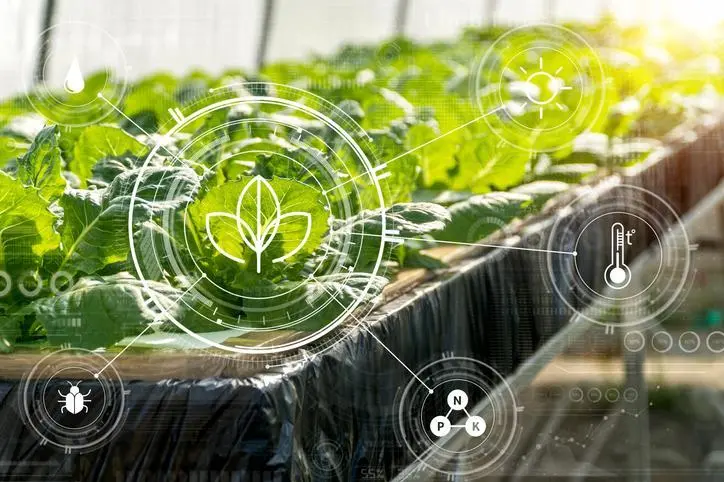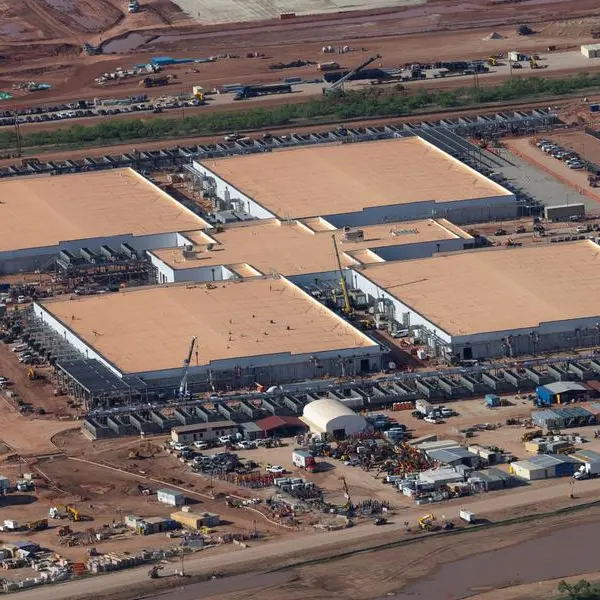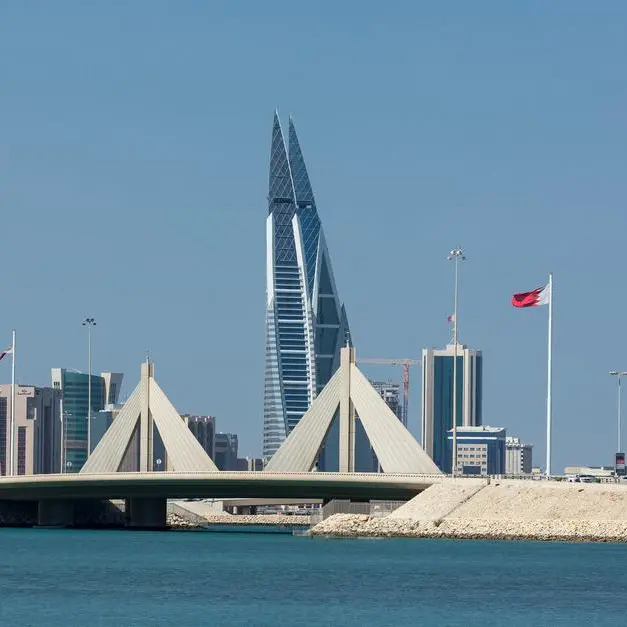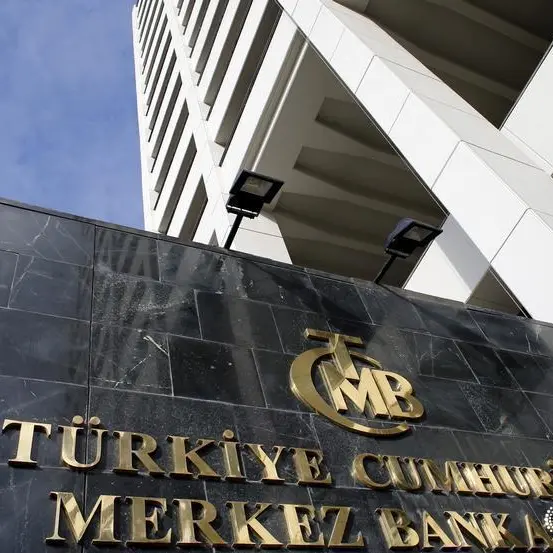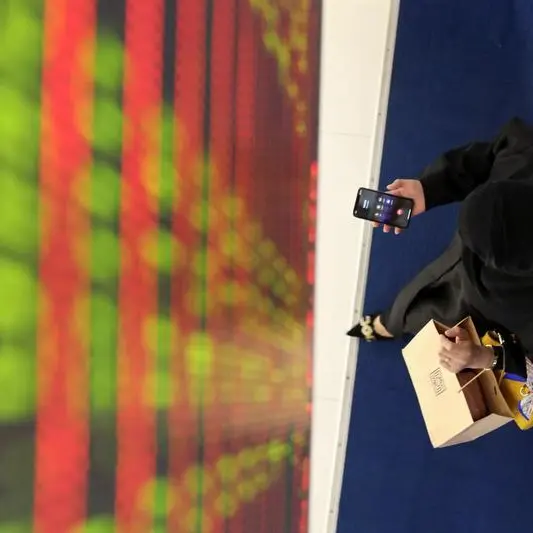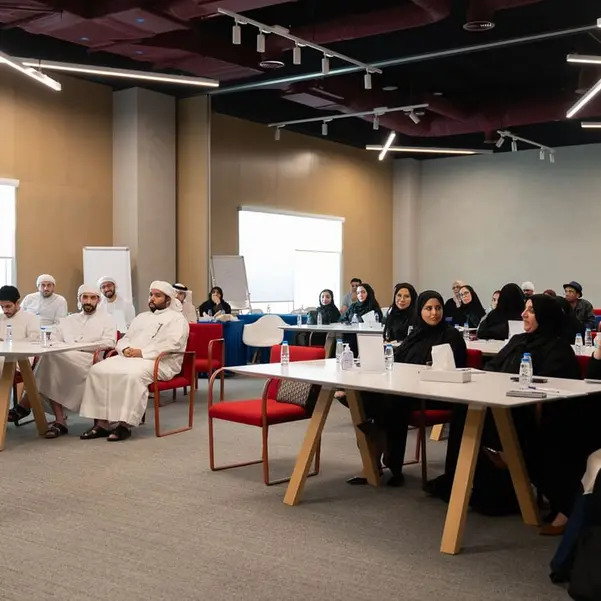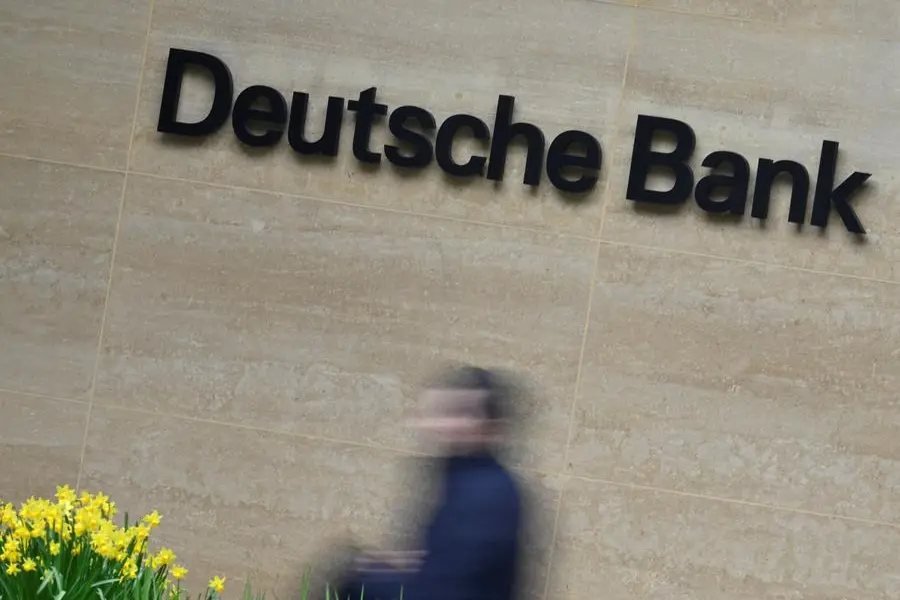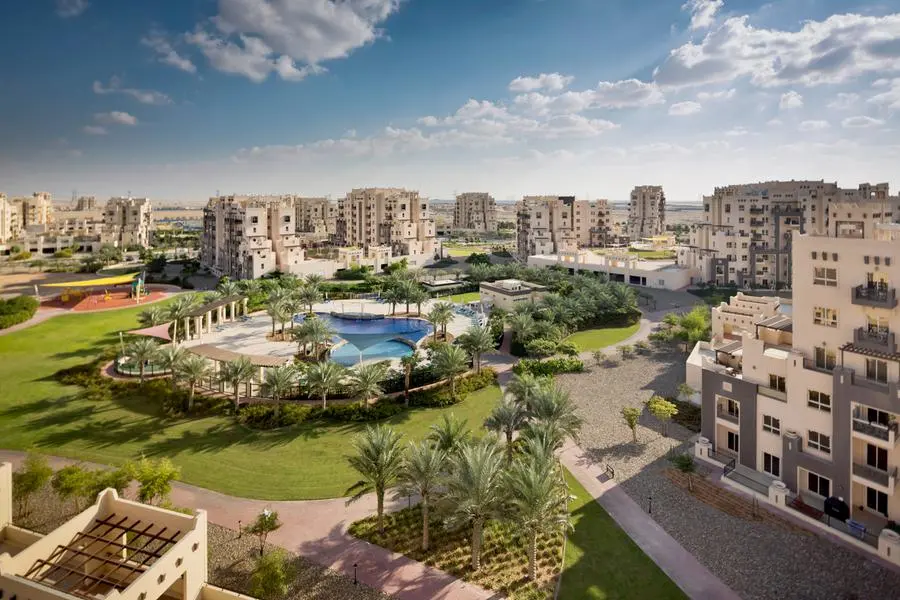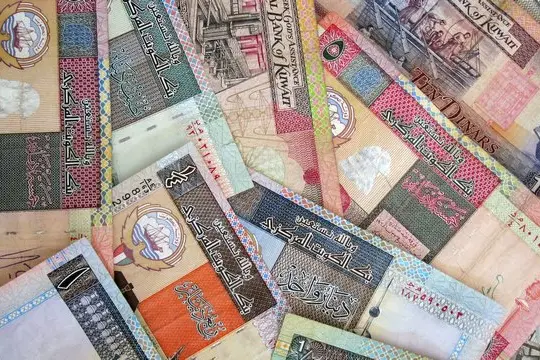PHOTO
Image used for illustrative purpose. Agriculture management, in cultivated agricultural farm field with modern technology concepts,Future food. Getty Images
As we move toward increasingly sustainable practices, ecological architecture and ‘green’ buildings are becoming popular; from harnessing renewable solar energy or designing sunlight-reflecting cool roofs - the architectural landscape is evolving with our changing values. Today, we have reached a new approach to modern design, one that seeks sustainable materials and practices, energy-efficient smart appliances, and eco-friendly construction methods with mindful choices aligned with Oman’s Vision 2040 goals in our decarbonization efforts.
Architects now look to integrate sustainable options into their designs by creating buildings that contribute to a greener future. We see this trend in Oman in many of its buildings from Alila Jabal Akhdar resort’s incorporation of sustainable design principles including locally sourced materials, water and energy conservation systems and eco-friendly room amenities, to Six Senses numerous sustainable practices which include plastic free, zero waste, energy conservation and organic farming. Mall of Oman, for example, implemented sustainability features such as vehicle charging areas, car parks with photovoltaic panels with a central cooling plant and utilizes a LEED Dynamic Plaque that measures your building's performance in energy, water, waste, transportation and human experience to report sustainability efforts in real time.
One significant challenge in architecture is our reliance on concrete- responsible for 4-8 per cent of global carbon emissions. Today, we strive to implement alternatives that include utilizing ferrock, a carbon-negative alternative to concrete, or of rammed earth made by compacting dampened subsoil; and timbercrete a mixture of waste sawdust and cement, and more. Not only do these materials reduce the environmental impact during construction but they also minimize the carbon footprint throughout the building's lifecycle from design to demolition.
As we move forward, our demand for green buildings will continue to grow, and so will our choices in the different ways we can implement sustainability into our structures.
Internationally, projects like the Floating School in Nigeria highlight the potential of this sustainable architecture. Floating on 256 plastic drums, the structure is made from locally sourced wood, powered by renewable energy from solar panels and utilizes rainwater to operate its toilets; showcasing how green architecture can thrive even in challenging environments.
Singapore’s Gardens by the Bay is another memorable example of the successful integration of green architecture into urban spaces with two conservatories, a forest of eight 'supertrees' equipped with photovoltaic panels and cooling channels demonstrating how
carbon-absorbing trees and plants can transform urban spaces into green havens.
This push for sustainability also extends into our homes with energy-saving appliances and smart technologies becoming standard features that help create zero-energy homes and commercial spaces. Innovations such as smart glass that can change the amount of light reflected to reduce heating and cooling costs are leading the way- not only conserving energy but also significantly reducing long-term living expenses.
As we move forward, our demand for green buildings will continue to grow, and so will our choices in the different ways we can implement sustainability into our structures. By choosing eco-friendly materials, adopting smart technologies, and other sustainable aspects into our designs we can all play our part in constructing a greener future for Oman—one building at a time.
2022 © All right reserved for Oman Establishment for Press, Publication and Advertising (OEPPA) Provided by SyndiGate Media Inc. (Syndigate.info).
